Introduction
Understanding patient satisfaction is pivotal for quality improvement in healthcare. Nowhere is this more apparent than in gastrointestinal (GI) endoscopy, where patient experience directly influences outcomes and service delivery. The Gastrointestinal Endoscopy Satisfaction Questionnaire (GESQ), developed in 2015 by Hutchings et al., and published by Journal Endoscopy © Georg Thieme Verlag KG Stuttgart · New York, has emerged as a validated, psychometrically robust tool to measure patient satisfaction following GI procedures like gastroscopy and colonoscopy. With over 90 scholarly citations and multiple translations, the GESQ is increasingly employed in both clinical audits and research projects to benchmark service quality and guide enhancements in endoscopic care (Hutchings et al., 2015).
This article provides a complete overview of the GESQ, highlighting its features, psychometric strength, scoring process, and research utility, making it indispensable for gastroenterologists, hospital administrators, and medical researchers.
Key Features of the Gastrointestinal Endoscopy Satisfaction Questionnaire (GESQ)
Purpose and Use
The GESQ is designed to measure patient satisfaction as a quality indicator after undergoing GI endoscopy. It is suited for adult patients aged 18 years and older, including those who underwent gastroscopy, colonoscopy, or endoscopic biopsy procedures.
Target Population
The GESQ is intended for adults aged 18 and above, including:
- Young Adults (18–24)
- Middle-aged Adults (25–44)
- Older Adults (45–64)
- Seniors (65+)
- University students and parents
- Individuals and couples undergoing fertility treatment
Its broad applicability makes it suitable for diverse populations within reproductive health contexts.
Structure
The GESQ consists of 21 items organized into four main subdomains:
- Skills and Hospital (7 items)
- Pain and Discomfort During/After Endoscopy (4 items)
- Information Before Endoscopy (5 items)
- Information After Endoscopy (5 items)
These domains cover both physical and informational aspects of care, offering a multidimensional view of patient experience.
Scoring Method
The GESQ employs Likert scales and binary (Yes/No) questions. The scoring method includes:
- Reversing items so that 1 is the best score, 5 the worst
- Equal weighting of all questions
- Transforming raw scores to a 0–100 scale using the formula:
([score-lowest possible/score range] × 100).
Only responses with ≥50% item completion per domain are included. While no standardized cut-off scores exist, higher scores indicate greater satisfaction.
Administration Format
The GESQ takes 5 – 10 minutes to administer, making it highly efficient. It can be conducted via:
- Paper-based forms
- Digital (Online) platforms
- In-person (Interview)
- Phone/Video call
Its self-administered format, requiring no specialized training, enhances its practicality for busy clinical environments.
Applications of Gastrointestinal Endoscopy Satisfaction Questionnaire (GESQ)
The GESQ supports multiple functions in healthcare environments:
- Screening for low satisfaction areas post-endoscopy
- Monitoring satisfaction trends over time
- Treatment Planning through targeted improvements in communication or procedure
- Research into patient-centered care outcomes in gastroenterology
Thanks to its streamlined design and versatility, the GESQ can be incorporated into both clinical audits and prospective studies.
Languages and Availability
GESQ is available just in few languages, including:
English
Dutch
Korean
The GESQ is available under an Open Access license, making it free to use for non-commercial purposes. This supports broad adoption in public health research and quality improvement projects. However, commercial or large-scale funded use may require contacting the publisher (Georg Thieme Verlag).
Reliability and Validity
Experts widely recognize the GESQ as a highly reliable and valid instrument for assessing endoscopy-related satisfaction. Its psychometric strength appears in a solid Cronbach’s alpha of 0.83–0.88, reflecting excellent internal consistency. Subscales also show high reliability, with α = 0.76–0.84. Researchers have validated the tool across Dutch and Korean populations, confirming its cross-cultural applicability.
Limitations and Considerations
However, despite its strengths, the GESQ has a few limitations:
- Self-report: Respondents may be influenced by social desirability bias or personal interpretation
- Cultural Bias: Original tool may not translate perfectly across all cultural contexts.
- Language Barriers: Limited language availability (English, Dutch, Korean).
- Limited Validation Studies: Fewer studies in non-Western or diverse patient populations.
Other Versions and Related Questionnaires
Alternative Versions of GESQ
- GESQ-Short (10-item version): Offers a briefer alternative for time-constrained settings.
- Pediatric GESQ: Adapted for children undergoing GI procedures.
Complementary Questionnaires
- GI-PSQ: Assesses satisfaction across broader GI services.
- ENDOPREM™: Evaluates emotional safety and dignity during endoscopy.
- GSRS: Measures GI symptom severity post-procedure.
- Press Ganey Outpatient Questionnaire: General patient satisfaction in outpatient settings.
- CSSQ: Emphasizes colonoscopy safety events alongside satisfaction.
Additional Resources
For more information on the GESQ and to access the full questionnaire, visit the following resources:
- You can access the questionnaire as a PDF through this link
- For inquiries, contact Hayley Hutchings, lead author:
h.hutchings@swansea.ac.uk - For additional GESQ resources, consult Oxford University Press
- Minciullo, G. et al. (2022). Validation study published in Annali di Igiene
Frequently Asked Questions (FAQ)
- Who can use the GESQ?
Clinicians, researchers, and healthcare providers use the GESQ for patients aged 18 and older undergoing GI endoscopy. - How long does it take to complete the GESQ?
Patients typically take 5–10 minutes, making it practical for routine clinical use. - How is the GESQ administered?
The GESQ can be administered through paper-based, digital (online), in-person interviews, or phone/video consultations, depending on the clinical context. - Is there any cost to using the GESQ?
The questionnaire is free for non-commercial use. For commercial use, users should contact the publisher or lead author.
A word from ResRef about Gastrointestinal Endoscopy Satisfaction Questionnaire (GESQ)
The Gastrointestinal Endoscopy Satisfaction Questionnaire (GESQ) is a robust, patient-centered tool essential for elevating endoscopy service quality globally. Whether you are a researcher evaluating disease impact or a clinician improving patient care, the GESQ reveals critical areas that need attention. Consequently, it leads to better outcomes and informed treatment decisions.
References
- Hutchings HA, Cheung WY, Alrubaiy L, Durai D, Russell IT, Williams JG. Development and validation of the Gastrointestinal Endoscopy Satisfaction Questionnaire (GESQ). Endoscopy. 2015 Dec;47(12):1137-43. Epub 2015 Sep 8. PMID: 26349066. (link)
- Veldhuijzen G, de Jong MJP, Roosen CM, Siersema PD, Drenth JPH, van Esch AAJ. The gastrointestinal endoscopy satisfaction questionnaire captures patient satisfaction as a key quality indicator of gastrointestinal endoscopy. Eur J Gastroenterol Hepatol. 2020 Jul;32(7):832-837. PMID: 32472814. (link)
- Yoon JY, Cha JM, Kwak MS, Jeon JW, Shin HP, Joo KR, Lee JI. Gastrointestinal endoscopy satisfaction questionnaire is a valid tool to measure patient satisfaction in Asian country. Medicine (Baltimore). 2018 Jul;97(29):e11477. PMID: 30024523; PMCID: PMC6086541. (link)
- Minciullo A, Tartaglini D, Colombo B, Filomeno L, Di Muzio M. Assessing validity and reliability of a new tool: the ECSQ (Endoscopy Customer Satisfaction Question-naire) in Italian for customer satisfaction in digestive endoscopy. Ann Ig. 2022 Mar-Apr;34(2):166-176. PMID: 35088823. (link)


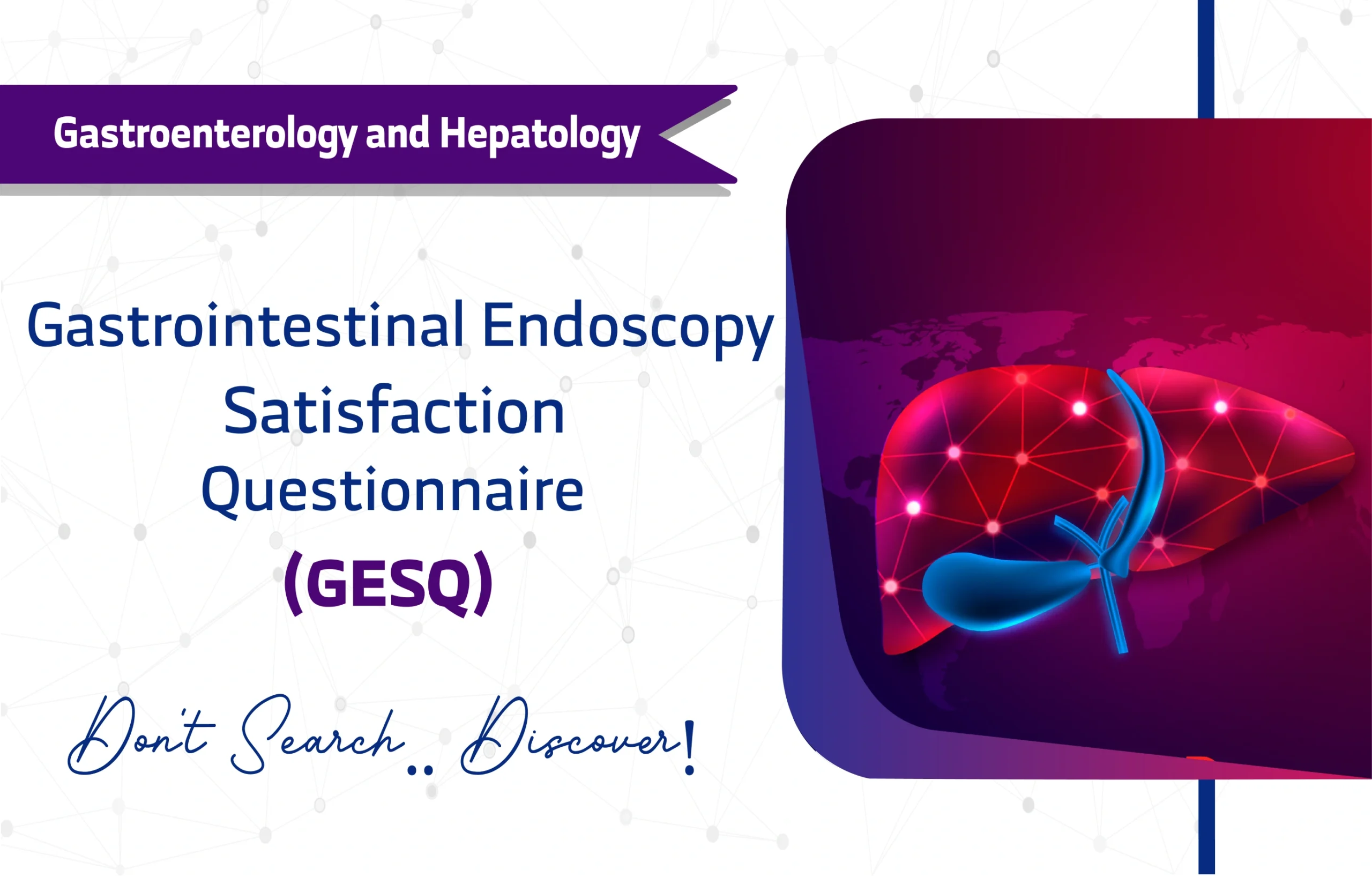
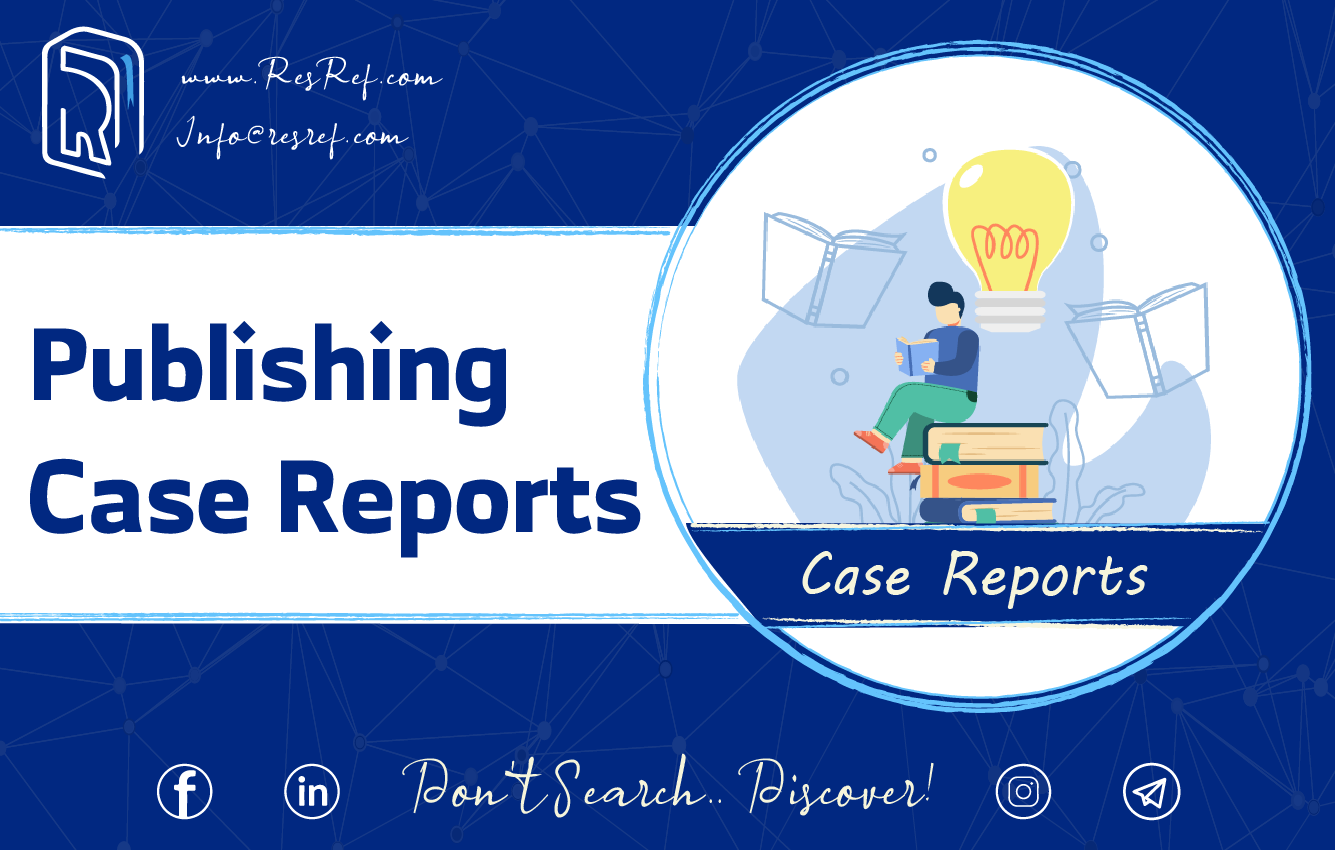
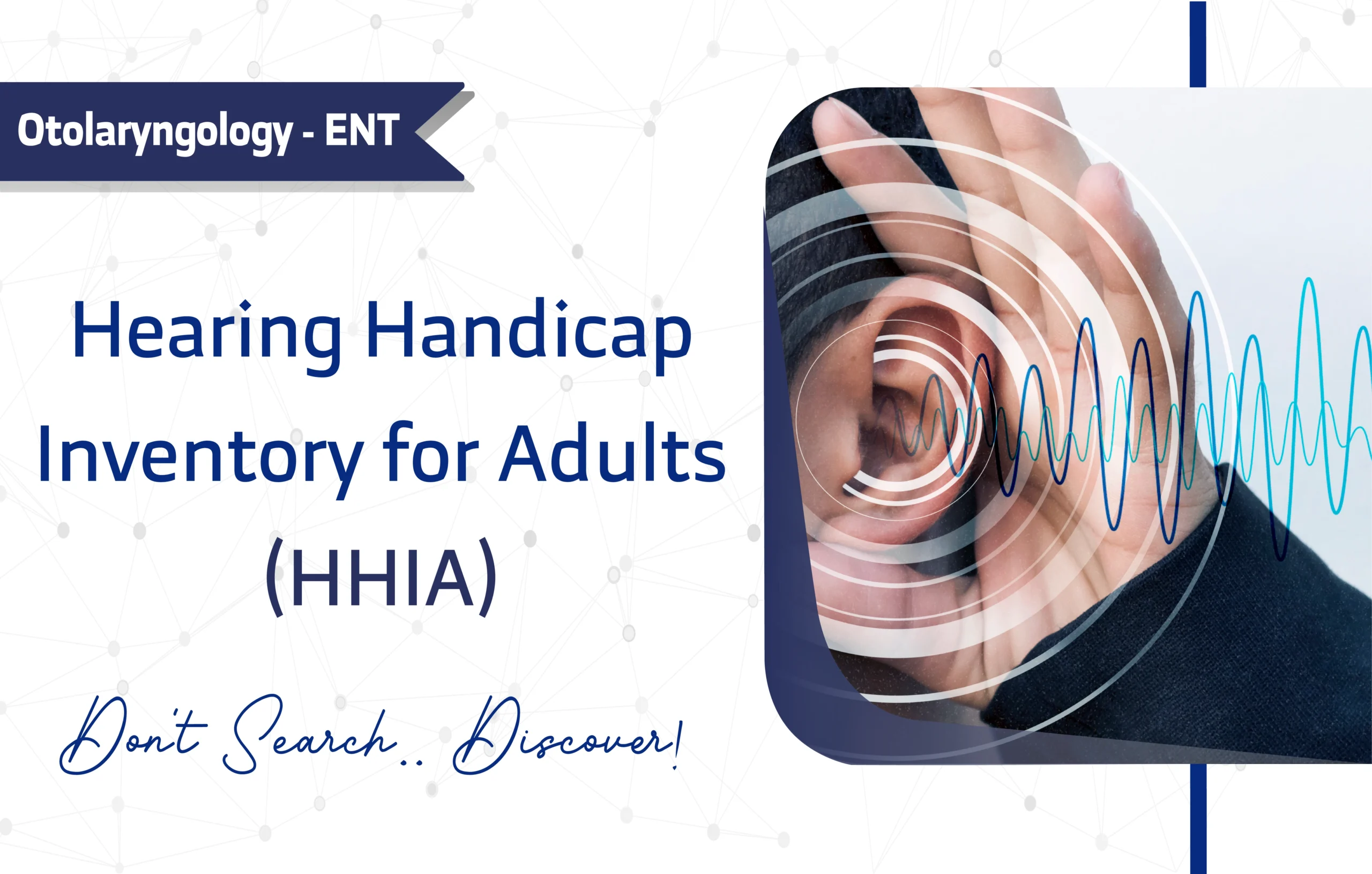
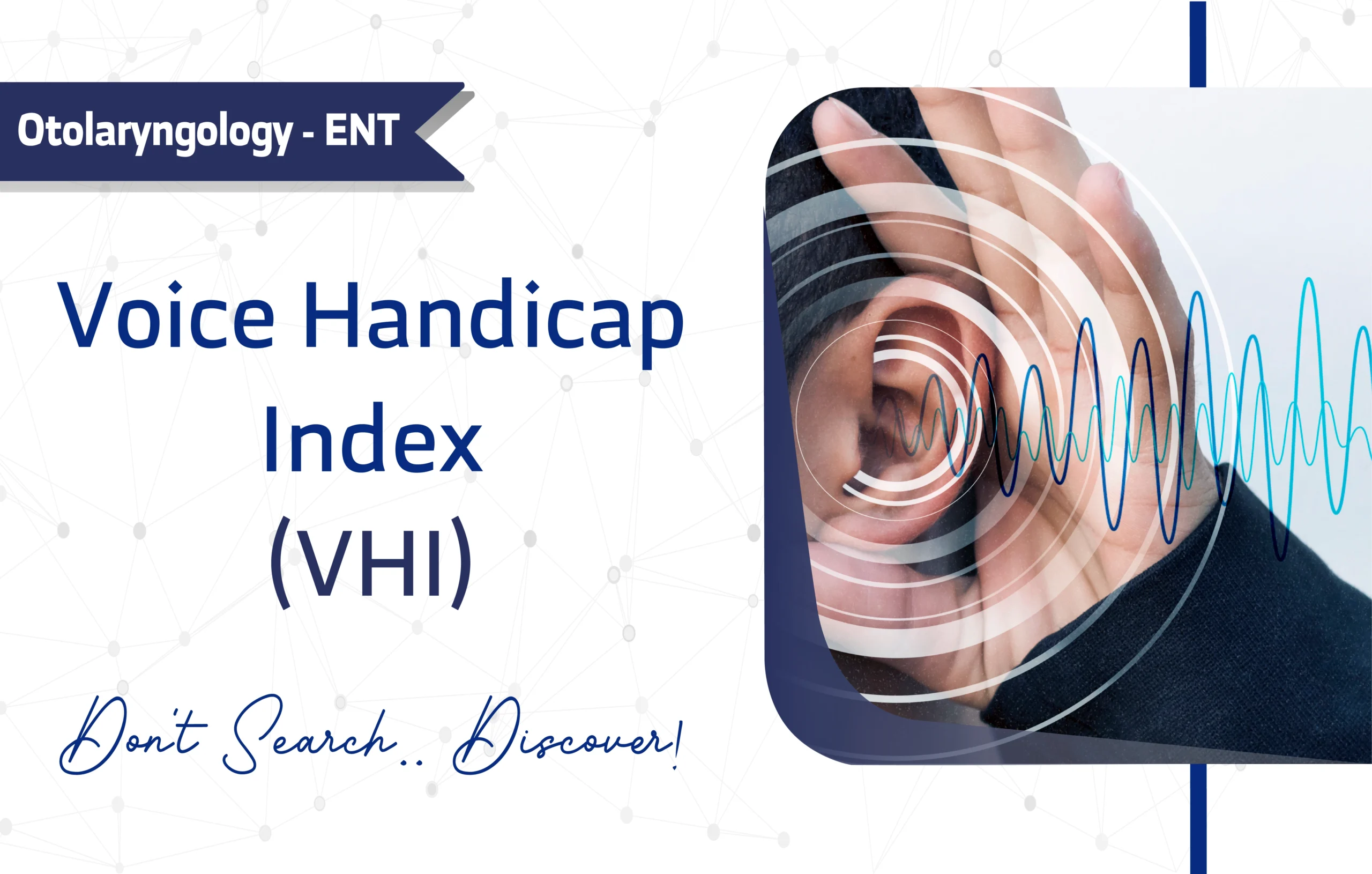
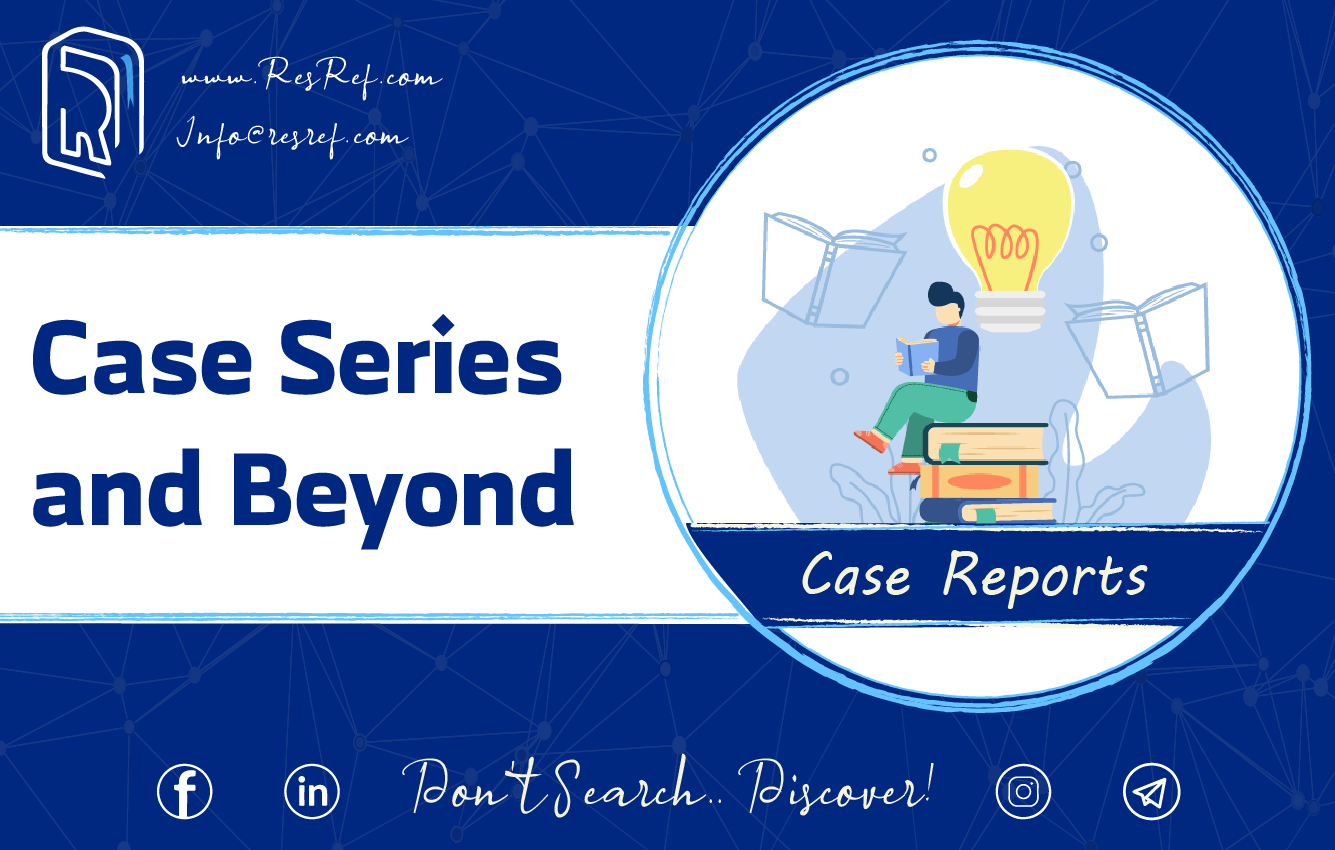
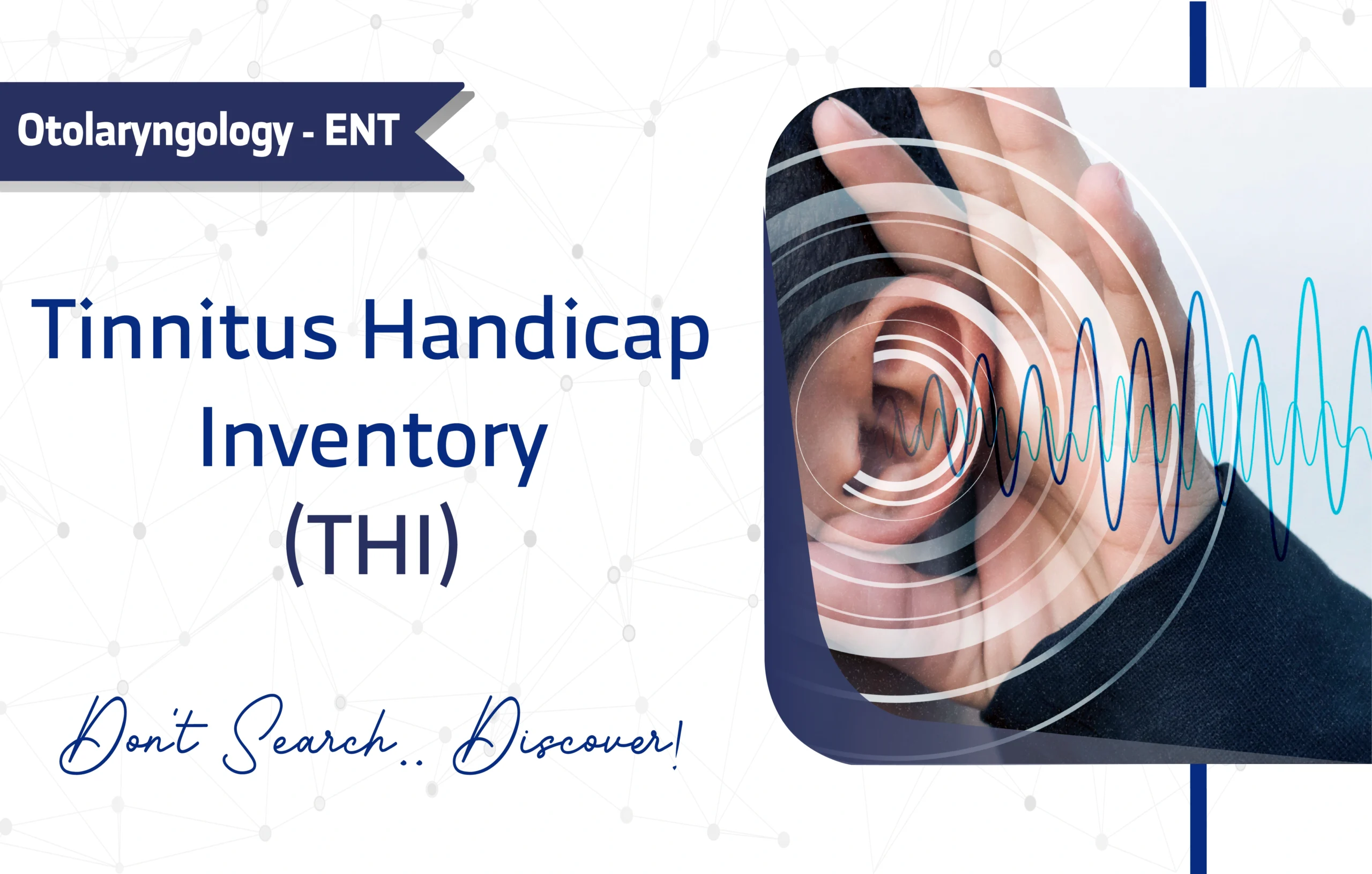
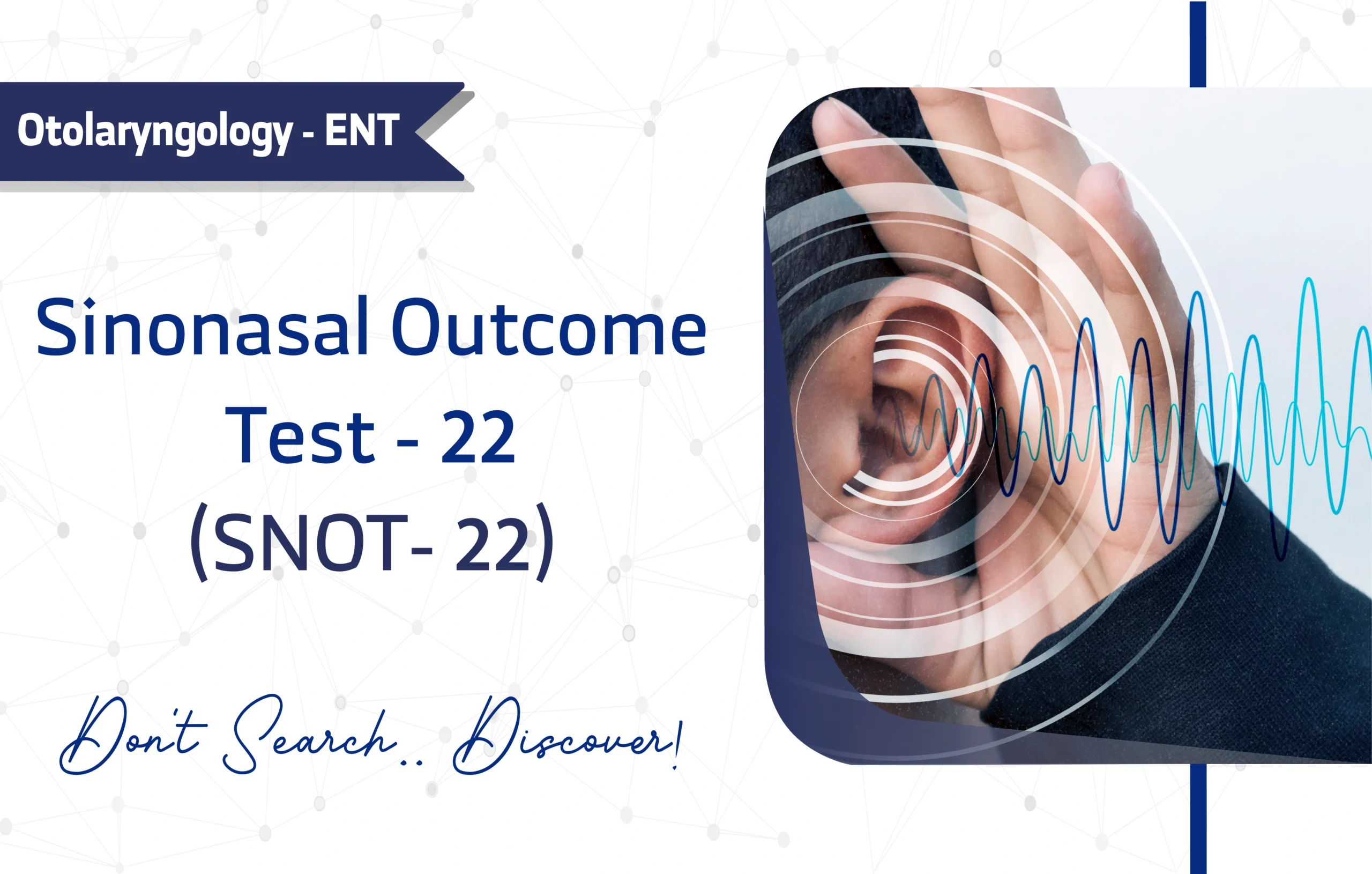
1 thought on “Gastrointestinal Endoscopy Satisfaction Questionnaire (GESQ): A Full Guide for Researchers and Clinicians”
You write in such a professional way.